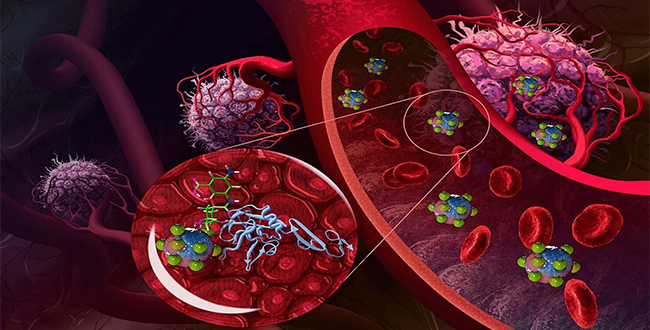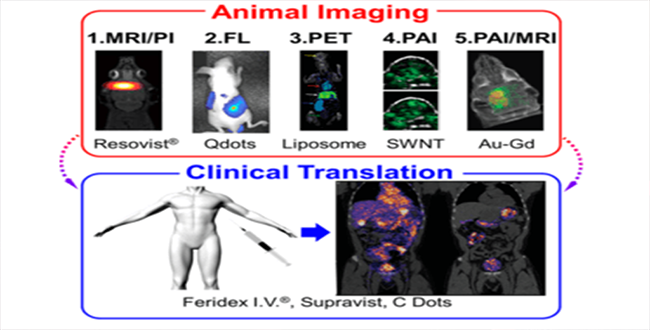Macroporous Hydrogel Scaffolds with Tunable Physicochemical Properties for Tissue Engineering Constructed Using Renewable Polysaccharides
Polysaccharides have recently attracted increasing attention in the construction of hydrogel devices for biomedical applications. However, polysaccharide-based hydrogels are not suitable for most preclinical applications because of their limited mechanical properties and poor tunability. In this study, we employed a simple and eco-friendly approach to producing a macroporous polysaccharide hydrogel composed of salecan and κcarrageenan without the use of toxic chemicals. We evaluated the physicochemical properties of the obtained salecan/κ-carrageenan hydrogel and found that its viscoelasticity, morphology, swelling, and thermal stability could be simply controlled by changing the polysaccharide dose in the pre-gel solution. The co-incubation of the fabricated hydrogel with mouse fibroblast cells demonstrated that the hydrogel can support cell adhesion, migration, and growth. Moreover, the hydrogel exhibited good biocompatibility in vivo. Overall, the findings provide a new strategy for the fabrication and optimization of polysaccharide-based hydrogel scaffolds for application in tissue engineering. This work was published in the ACS Applied Materials & Interfaces (IF:8.036)
This work was financially supported by the National Natural Science Foundation of China (31800833 and 21977081), Zhejiang Provincial Natural Science of Foundation of China (Z19H180001), the Wenzhou Medical University and Wenzhou Institute of Biomaterials & Engineering (WIBEZD2017001-03).
This work was financially supported by the National Natural Science Foundation of China (31800833 and 21977081), Zhejiang Provincial Natural Science of Foundation of China (Z19H180001), the Wenzhou Medical University and Wenzhou Institute of Biomaterials & Engineering (WIBEZD2017001-03).


 Intelligent nanomaterial delivery gene drug system
Intelligent nanomaterial delivery gene drug system Cooperative treatment of nano-drugs
Cooperative treatment of nano-drugs Biomedical tissue engineering
Biomedical tissue engineering Construction and application of integrated nanomaterials for diagnosis and treatment
Construction and application of integrated nanomaterials for diagnosis and treatment